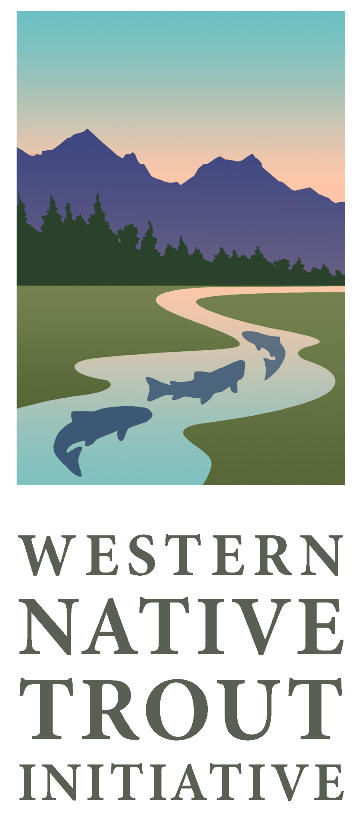Filters: Types: Map Service (X) > partyWithName: Western Native Trout Initiative (X)
5 results (31ms)|
Filters
Date Range
Extensions Types
Contacts
Categories Tag Types
|

This folder contains data contributed to the National Fish Habitat Partnership (NFHP) Data System by the Western Native Trout Initiative (WNTI). WNTI was recognized as a partner of NFHP in February 2008.
This shapefile is the official boundary of the Western Native Trout Initiative. The boundary was originally developed by the United States Fish and Wildlife Service and was updated in 2013 to reflect revisions from the Western Native Trout Initiative, a recognized Fish Habitat Partnership (FHP) of the National Fish Habitat Partnership.
Categories: Data;
Types: ArcGIS REST Map Service,
ArcGIS Service Definition,
Downloadable,
Map Service;
Tags: Alaska,
Analytical boundary,
Aquatic habitats,
Arizona,
Boundaries,
Partnership - Western Native Trout Initiative The Redband Trout, a group of Rainbow Trout, are remarkable fish. Some live as freshwater fish and some as anadromous fish that occupy both fresh and saltwater habitats during different stages of their lives. The interior Redband Trout is listed as a “Species of Conservation Concern” in most of its range. Its historic range covers eastern Washington and Oregon, northeastern California, central and southwestern Idaho, northwestern Montana, and parts of northern Nevada. Within this broad area, Redband Trout habitat can vary from higher elevation cold-water mountain streams to lower elevation warmer desert-type streams that have periods of low stream flows and high water...
Types: Map Service,
OGC WFS Layer,
OGC WMS Layer,
OGC WMS Service;
Tags: 2015,
CaseStories,
MountainRegion,
MountainStates,
PacificCoastRegion,
Conservation rank data for each drainage catchments in the Upper Colorado River Basin. Some smaller catchments were not ranked. Catchments are the drainage area (local watersheds) for each individual stream segment within the 1:100,000 scale National Hydrography Plus Version 1 (NHDPlusV1) dataset. The NHDplus catchments have been ranked (valued) based on the representation of native fish species given the threats to their persistence (i.e., non-native fish species, land use, and habitat fragmentation). The ranking process placed importance on areas with several native species as well as areas important to individual species with restricted distributions and so is not simply a species “hot spot” assessment. Catchments...
Categories: Data;
Types: ArcGIS REST Map Service,
ArcGIS Service Definition,
Downloadable,
Map Service;
Tags: DFHP,
FHP Product,
Habitat Characterization,
NFHP Cooperator,
NHDPlusV1,
Fishes of the Upper Colorado River Basin have one of the highest levels of endemism in the United States. The range and abundance of these fish has declined over the last century and continues to decline as a result of legacy impacts from past management practices, current water management, interactions with non-natives, and other impacts. Seven of these fish are considered imperiled by the American Fisheries Society and four are listed as endangered by the U.S. Fish and Wildlife Service. We applied a complementarity-based approach to develop priority ranks (0 – 1; low to high) for catchments in the Upper Colorado River Basin. We used methods and a framework that we had previously developed for the Lower Colorado...
|

|